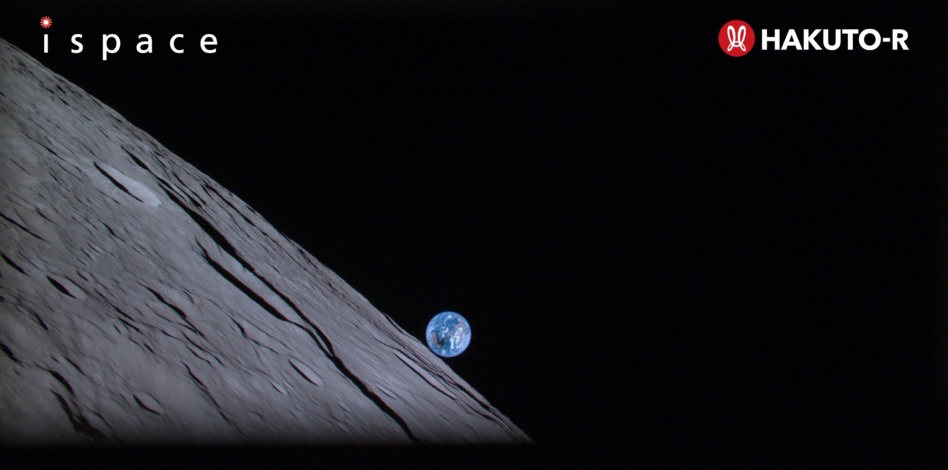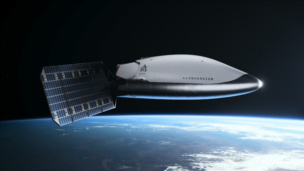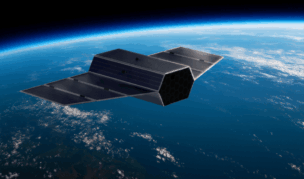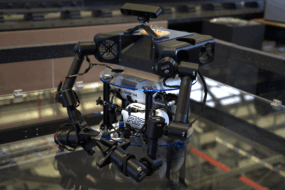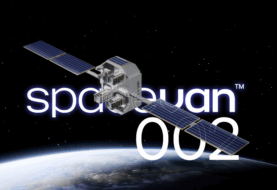The Moon will have to wait a little longer for its first non-governmental visitor.
ispace’s attempt to soft-land the first commercially-funded spacecraft on the lunar surface most likely ended in failure yesterday. After a five-month journey that sent the HAKUTO-R lander on a swooping, gravity-assisted trajectory around the Moon, the Japanese company revealed that it lost communication with the craft just before touchdown.
“At this moment, we are very proud of the fact that we have already achieved many things during this Mission 1,” said ispace founder Takeshi Hakamada.
Zooming out: The space industry is betting on a bustling cislunar economy, and the ability to get to the lunar surface sustainably will be key. So far, ispace is the second company to attempt to land a privately-funded craft on the Moon. (The first, fellow Google X Prize competitor SpaceIL from Israel, crashed its Beresheet lander into the lunar surface in 2019.)
So which companies are still in the running to make history?
- Intuitive Machines and Astrobotic are now vying for the #1 position, having each built landers of their own that are destined for the Moon this year.
- Several companies are working on their own lander missions, including Firefly, Masten Space Systems, and Draper Labs (among many others).
- ispace itself isn’t giving up so easy—its two additional lander missions are currently slated for 2024 and 2025.
End of the line: On ispace’s livestream, the lead-up to the landing appeared to track with the company’s target metrics. But hours after the expected landing, ispace released a statement saying the lander ran out of fuel and the “descent speed rapidly increased,” making it a “high probability” that it crashed into the lunar surface.
The team maintained communication with the lander until the very end of landing, when the signal went dark.
- “That means we acquired actual flight data during the landing phase,” Hakamada said. “That is [a] great achievement for the future missions, Mission 2 and Mission 3.”
- The team has not yet regained contact with HAKUTO-R or Rashid, a UAE-designed rover that hitched a ride to study the lunar regolith and plasma conditions.
Market reactions: ispace IPO’d on the Japanese stock market this month with a per-share price of ¥254 ($1.90), valuing the business at ¥20B ($150M). The market reacted with enthusiasm, sending shares surging 373% on the day after the public offering and closing at ¥1,201($8.99) that day.
As of this writing, ispace stock is trading at ¥1,590, down ~20% on the day.
Hakamada is confident that the company will still be able to secure financing for its future missions despite losing contact with Mission 1. “That’s why we built our sustainable business model, to continue our effort for the future missions,” he said.
